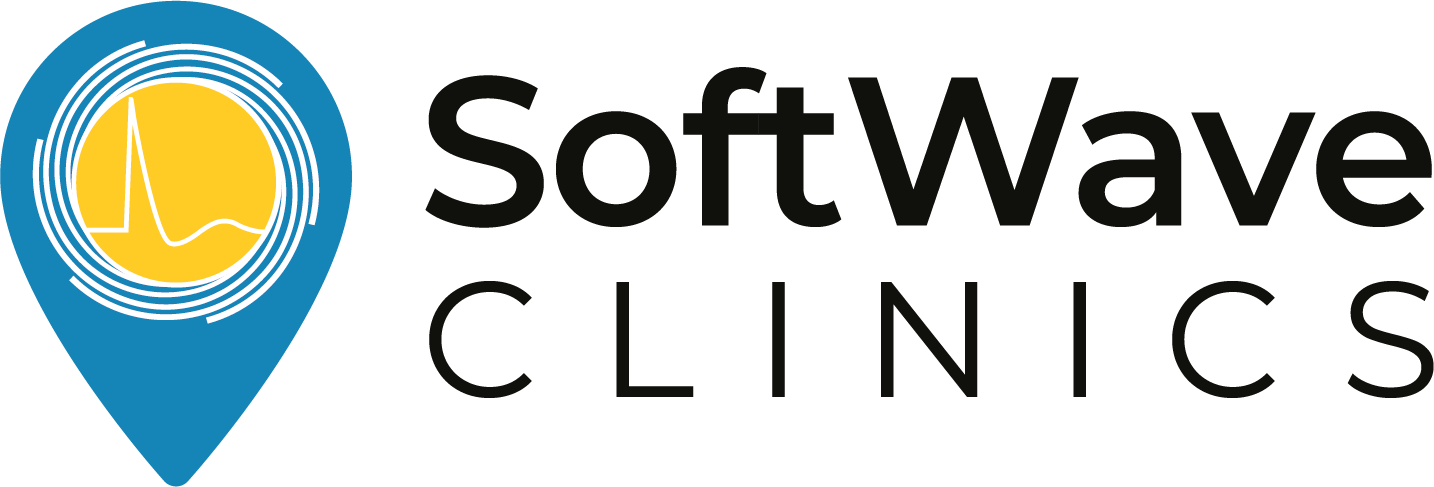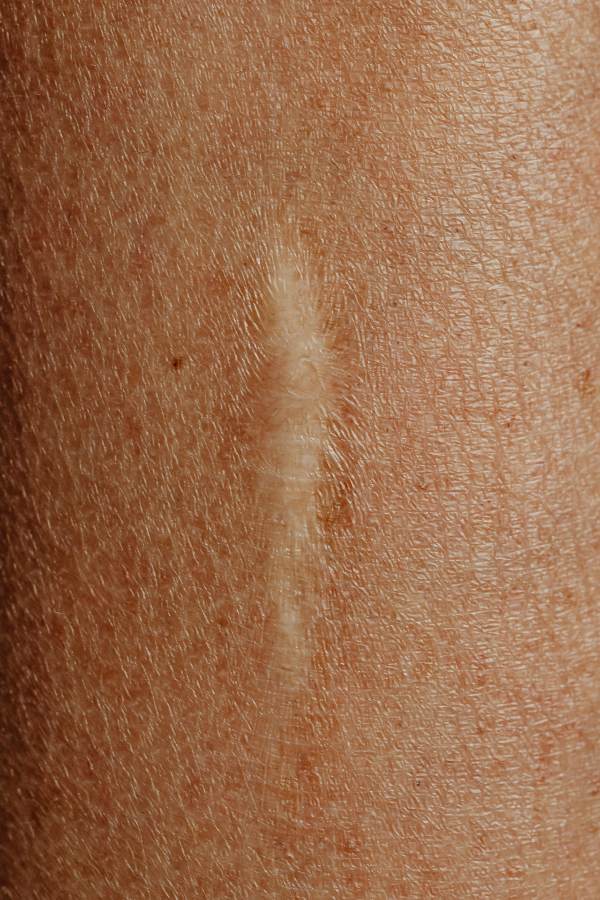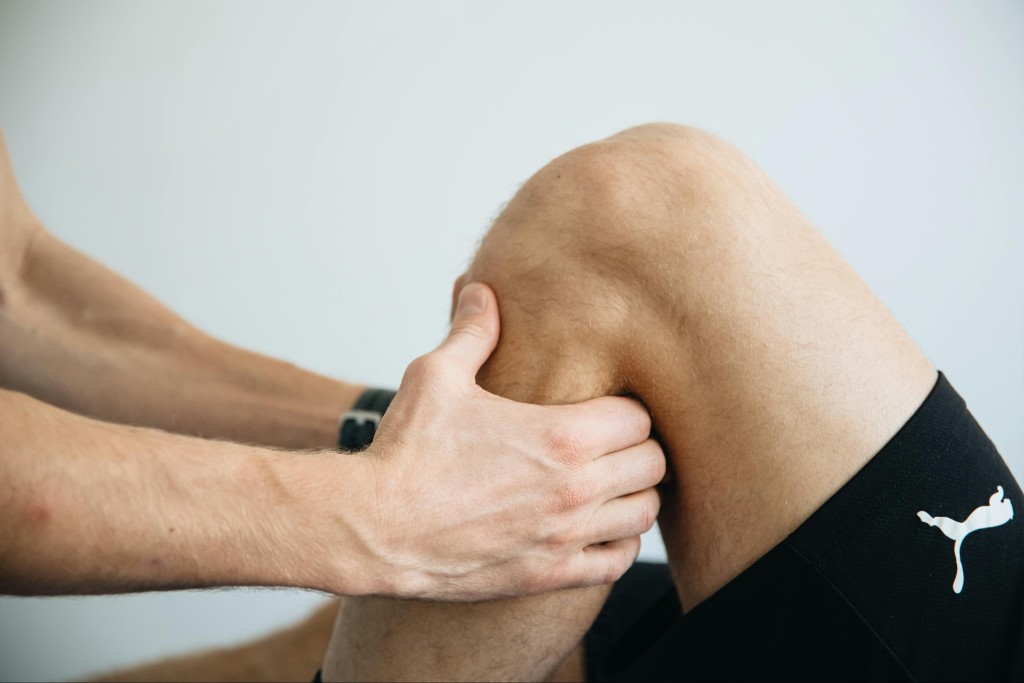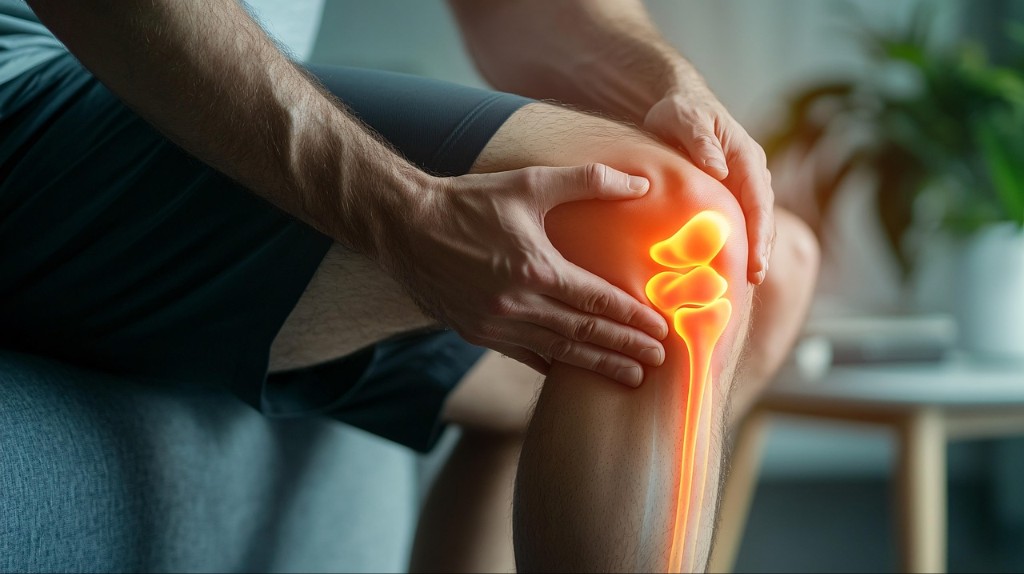Shoulder calcification, also known as calcific tendinitis of the shoulder, is a common condition that can cause significant pain and discomfort. Many individuals with this condition struggle to find effective shoulder pain treatment options that provide long-term relief. However, Shockwave Therapy offers a promising solution for shoulder calcification. These shockwaves penetrate the tissues, promoting increased blood flow, stimulating cell regeneration, and breaking down the calcium deposits.
In this article, we will explore the following:
- Shoulder Calcification Causes and Symptoms
- Traditional Treatment Options
- Shockwave Therapy for Shoulder Calcification
- How Shockwave Therapy Works
- Advantages of Shockwave Therapy
- Effectiveness of Shockwave Therapy for Shoulder Calcification
- The Shockwave Therapy Procedure
- The Best Shockwave Therapy for Shoulder Calcification
Shoulder Calcification Causes and Symptoms

Shoulder calcification, also known as calcific tendinitis, occurs when calcium deposits accumulate in the tendons of the shoulder, particularly within the rotator cuff tendons, potentially resulting in pain and restricted shoulder mobility.
This condition can arise from a variety of factors, such as aging, gender, genetics, metabolic influences, and shoulder stress.
Common signs and symptoms of shoulder issues include:
- Sharp or persistent pain, often worsened by specific movements.
- Limited range of motion, making it challenging to lift the arm and causing shoulder stiffness.
- Weakened ability to lift objects.
- Nighttime shoulder pain that disrupts sleep.
- Tenderness when the shoulder area is touched.
Considering Shockwave Therapy?
Try SoftWave Therapy for just $69. Non-invasive healing that reaches deeper.
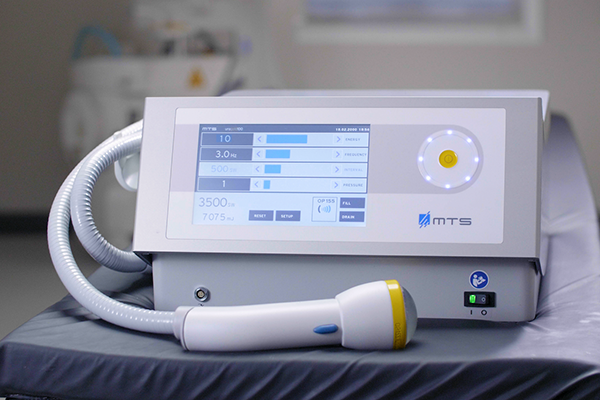
Traditional Treatment Options for Shoulder Calcification
Before diving into the effectiveness of SoftWave therapy, it’s important to understand the traditional treatment options for shoulder calcification. These options include:
- Rest and Physical Therapy: Resting the shoulder and undergoing physical therapy exercises can help reduce pain and improve mobility. Physical therapy may include stretching, strengthening exercises, and range of motion exercises.
- Non-Steroidal Anti-Inflammatory Drugs (NSAIDs): Over-the-counter NSAIDs, such as ibuprofen, can help reduce inflammation and alleviate pain associated with shoulder calcification.
- Corticosteroid Injections: Corticosteroid injections may be administered directly into the affected area to reduce inflammation and provide temporary pain relief.
- Ultrasound-Guided Needle Aspiration: In some cases, a needle may be used to aspirate and remove the calcium deposits from the shoulder tendons.
While these treatments can provide relief for some individuals, they may not always be effective in resolving shoulder calcification and providing long-term pain relief.
Shockwave Therapy for Shoulder Calcification:
Shockwave therapy, also known as Extracorporeal Shockwave Therapy or ESWT, is a non-invasive therapeutic method that employs high-intensity acoustic waves to initiate the body’s innate healing mechanisms. Shockwave therapy has become increasingly popular in recent years owing to its capability to address a range of musculoskeletal and soft tissue disorders such as tennis elbow, plantar fasciitis, chronic and acute shoulder pain, and shoulder calcification.
How Shockwave Therapy Works
Shockwave therapy is particularly effective for treating shoulder calcification because it can break up the calcium deposits, promoting faster healing. Here’s shockwave therapy’s mechanism of action for shoulder calcification:
- Mechanical Stress: The shockwaves create mechanical stress on the calcified deposits in the shoulder. This stress disrupts the calcification, breaking it down into smaller particles.
- Neovascularization: Shockwave therapy also stimulates the formation of new blood vessels in the affected area, which can enhance the body’s natural healing processes.
- Pain Reduction: It also has a pain-relieving effect by altering pain perception and reducing inflammation.
Advantages of Shockwave Therapy
Shockwave offers several advantages for individuals with shoulder calcification:
- Non-Invasive: Shockwave is a non-invasive treatment option that does not require incisions or anesthesia. This makes it a safe and comfortable alternative to surgical interventions.
- Safe and Minimal Side Effects: Shockwave is generally considered safe, and the risk of side effects is minimal. Some individuals may experience mild discomfort during the treatment, but this typically subsides quickly.
- Targeted Treatment: Shockwave therapy delivers shockwaves directly to the affected shoulder tendons, providing targeted treatment and potentially enhancing the effectiveness of the therapy.
- Stimulates Natural Healing: Shockwave stimulates the body’s natural healing processes, promoting the breakdown of calcium deposits and the regeneration of healthy tissues.
- Reduced Need for Medications: Shockwave may reduce the need for pain medications or other pharmaceutical interventions, offering a drug-free treatment option for shoulder calcification.
Effectiveness of Shockwave Therapy for Shoulder Calcification
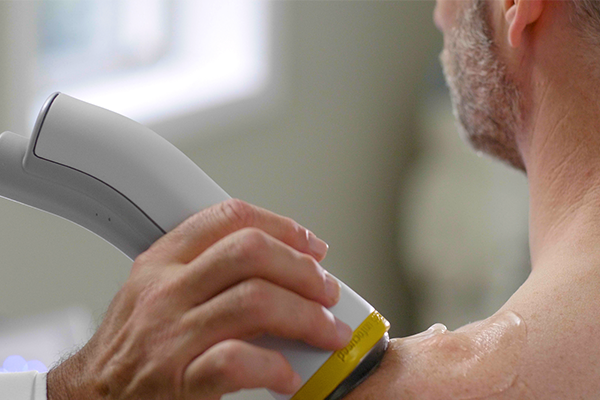
Research and clinical studies have shown promising results regarding the effectiveness of shockwave therapy for shoulder calcification.
In one study, Shockwave Therapy demonstrated significant improvements in pain levels and functional outcomes in patients treated with shockwave therapy for shoulder calcification.
This study demonstrated significant improvements in pain levels and functional outcomes in patients treated with shockwave therapy for shoulder calcification. The study comprised 46 patients who were assigned randomly to either a treatment group or a control group. In the treatment group, participants received two sessions of Shockwave Therapy characterized by specific energy density and impulses, whereas the control group underwent a sham treatment employing a simulated electrode.The findings revealed that Shockwave Therapy yielded significant efficacy in the treatment group, with 87.9% of shoulders achieving favorable to outstanding results concerning pain alleviation and enhanced functional capacity. In contrast, the control group exhibited satisfactory outcomes in 69.2% of instances, with 30.1% experiencing suboptimal results.
The Shockwave Therapy Procedure
The shockwave therapy procedure for shoulder calcification typically involves the following steps:
- Preparation: The affected shoulder area is prepared by applying an ultrasound gel to ensure proper transmission of the shockwaves.
- Treatment: A healthcare provider uses a handheld shockwave device to deliver high-energy shockwaves to the shoulder tendons. The shockwaves penetrate the tissues, targeting the calcium deposits and promoting healing.
- Post-Treatment: After the shockwave therapy session, individuals can typically resume their normal activities without any significant downtime or recovery period.
The Best Shockwave Therapy for Shoulder Calcification
Are you looking for safe, reliable, and effective relief from shoulder calcification?
SoftWave therapy is FDA-cleared, patented, and nationally recognized for its leading tissue regeneration technology. Unlike other types of high-energy shockwave treatments, SoftWave is the only shockwave therapy on the market that uses true broad-focused shock waves that treat larger and deeper areas of tissue. Thousands of patients have experienced the benefits of SoftWave for shoulder calcification, including:
- Little to no side effects
- Short treatment time
- Quick recovery
- Long-lasting results
Find a SoftWave Therapy provider near you or learn more about SoftWave and whether or not you’re eligible for full treatment today!
New Patient Special
Try SoftWave for just $69 at a clinic near you and learn if you’re a candidate for full treatment

